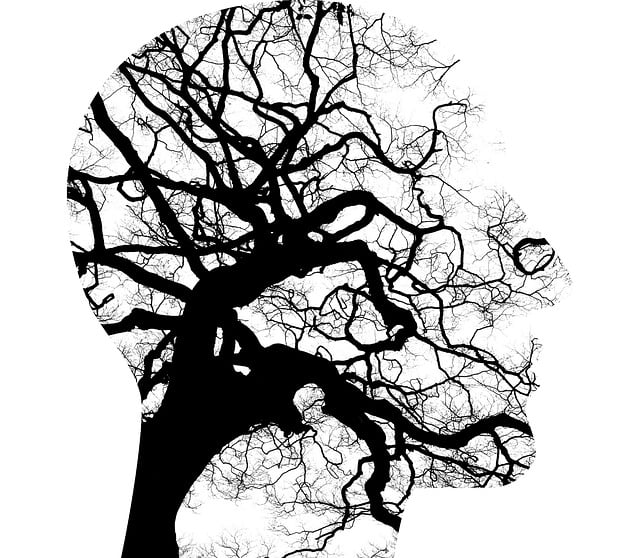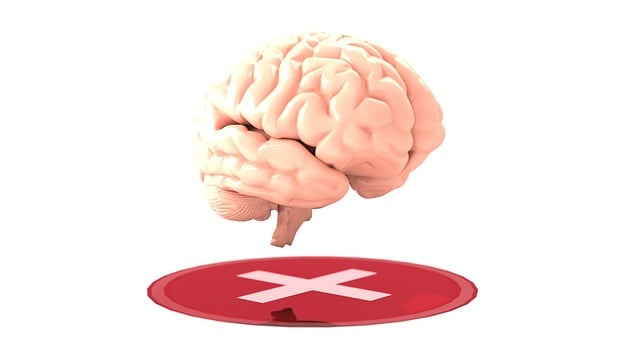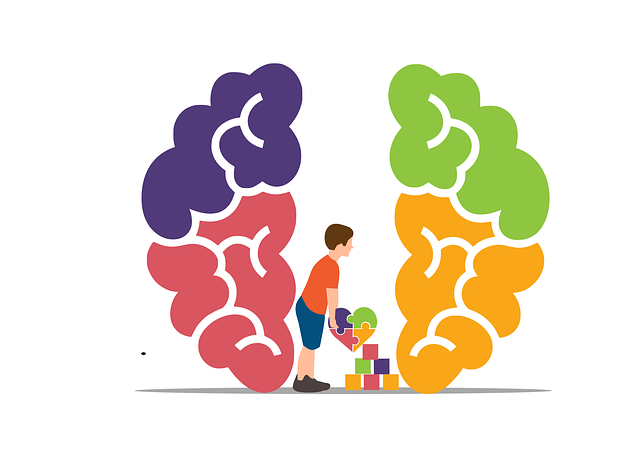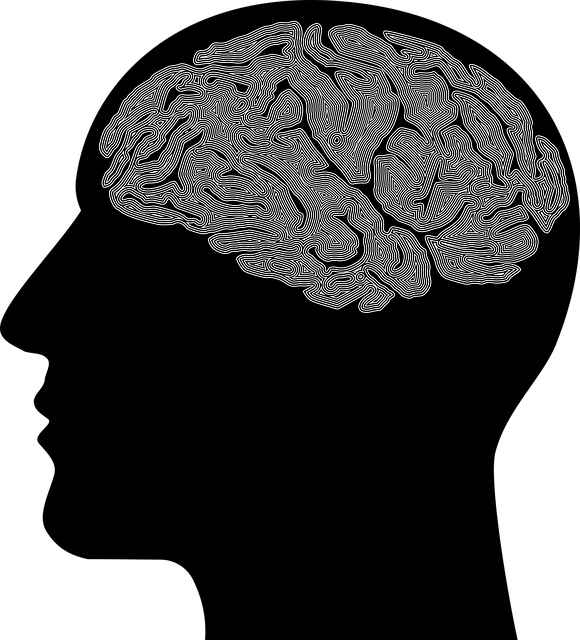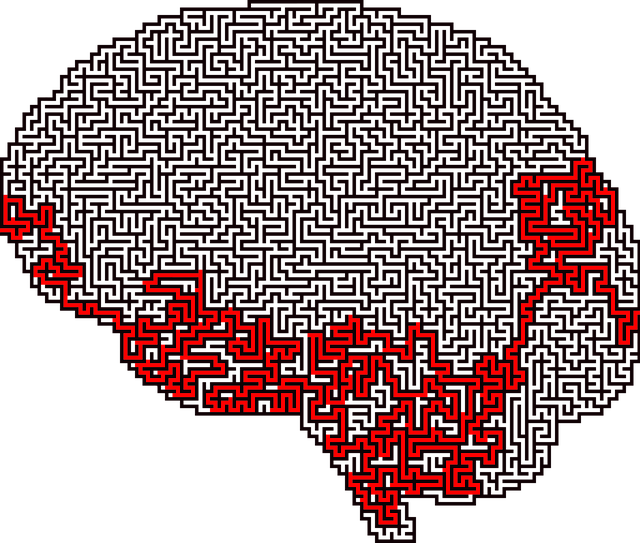Northglenn dissociative disorder therapy prioritizes safety and effectiveness through rigorous risk assessment, identifying potential harms like memory gaps and identity confusion. Therapists use harm minimization planning, integrating burnout prevention, trauma support, and mood management techniques to create nurturing environments. Individualized treatment plans, based on unique vulnerabilities, minimize adverse events and improve mental health outcomes, while regular reviews ensure personalized growth.
In Northglenn, ensuring safe and ethical Dissociative Disorder Therapy is paramount. This article explores risk assessment and harm minimization planning – foundational components for therapists navigating complex patient needs. We delve into understanding risk assessment as a cornerstone of responsible practice, identifying potential harms and implementing strategic minimization strategies. Additionally, we present a comprehensive approach to developing harm minimization plans tailored specifically for Dissociative Disorder Therapy in Northglenn.
- Understanding Risk Assessment: A Foundation for Safe Therapy Practices in Northglenn
- Identifying Potential Harms and Their Minimization Strategies
- Creating a Comprehensive Harm Minimization Plan for Dissociative Disorder Therapy
Understanding Risk Assessment: A Foundation for Safe Therapy Practices in Northglenn

In Northglenn, understanding risk assessment is a cornerstone for establishing safe and effective therapy practices, especially when addressing complex conditions like dissociative disorder therapy. This process involves meticulously evaluating potential hazards and their likelihood to cause harm, enabling therapists to implement tailored interventions. By integrating burnout prevention strategies for healthcare providers, trauma support services, and mood management techniques into their practice, therapists in Northglenn can create a nurturing environment that fosters healing while mitigating risks.
Through rigorous risk assessment, therapists gain insights into clients’ unique vulnerabilities and triggers, allowing them to design individualized treatment plans. This proactive approach ensures that therapy sessions are not only beneficial but also minimize the possibility of adverse events. By prioritizing harm minimization planning, Northglenn dissociative disorder therapy becomes a beacon of support for clients navigating their complex emotional landscapes, ultimately contributing to improved mental health outcomes.
Identifying Potential Harms and Their Minimization Strategies

Identifying potential harms is a critical step in risk assessment and harm minimization planning, especially for conditions like Northglenn dissociative disorder therapy. This process involves thoroughly understanding the specific risks associated with the disorder and its treatment. For instance, dissociative disorders may involve memory gaps, identity confusion, or detachment from reality, requiring therapists to implement strategies that ensure patient safety and well-being during and after therapy sessions.
Minimization strategies often stem from Mind Over Matter principles, focusing on empowering patients to regain control over their mental states. Public awareness campaigns development can play a significant role in educating both patients and the public about dissociative disorders, reducing stigma, and fostering an environment where individuals feel comfortable seeking help. Additionally, burnout prevention techniques are essential for therapists, ensuring they remain empathetic and effective in supporting their clients through challenging journeys.
Creating a Comprehensive Harm Minimization Plan for Dissociative Disorder Therapy

Creating a comprehensive harm minimization plan is an essential step in providing effective Northglenn dissociative disorder therapy. This strategy ensures that both therapists and clients are prepared to navigate potential challenges and triggers, fostering a safe and supportive environment. The plan should be tailored to individual needs, incorporating evidence-based practices such as Compassion Cultivation and communication strategies designed to enhance inner strength development.
For individuals struggling with dissociative disorders, the process involves identifying specific triggers, developing coping mechanisms, and establishing clear boundaries. Therapists can integrate mindfulness exercises and emotional regulation techniques into the treatment plan, empowering clients to manage symptoms effectively. Regular review and adjustment of the harm minimization strategy are crucial, allowing for personalized growth and progress in Northglenn dissociative disorder therapy.
Risk assessment and harm minimization planning are indispensable components of safe and effective Northglenn Dissociative Disorder Therapy. By thoroughly understanding potential risks, identifying specific harms, and implementing comprehensive strategies, therapists can create a secure therapeutic environment tailored to the unique needs of their clients. This approach ensures that Northglenn Dissociative Disorder Therapy not only minimizes adverse outcomes but also maximizes positive results for those seeking healing and recovery.

